4-Day Nile Cruise from Luxor: An Immersive Journey Through Ancient Egypt
Duration
5 days
Max People
25
Min Age
1+
Pickup
Airport
Overview
4-Day Nile Cruise from Luxor: An Immersive Journey Through Ancient Egypt
A 4-day Nile cruise from Luxor to Aswan offers a perfect blend of luxury, history, and scenic beauty. This journey provides an immersive experience into the heart of ancient Egypt, with visits to its most iconic temples and monuments. From the grandeur of Karnak to the serenity of Philae, each stop enriches your understanding of this ancient civilization.
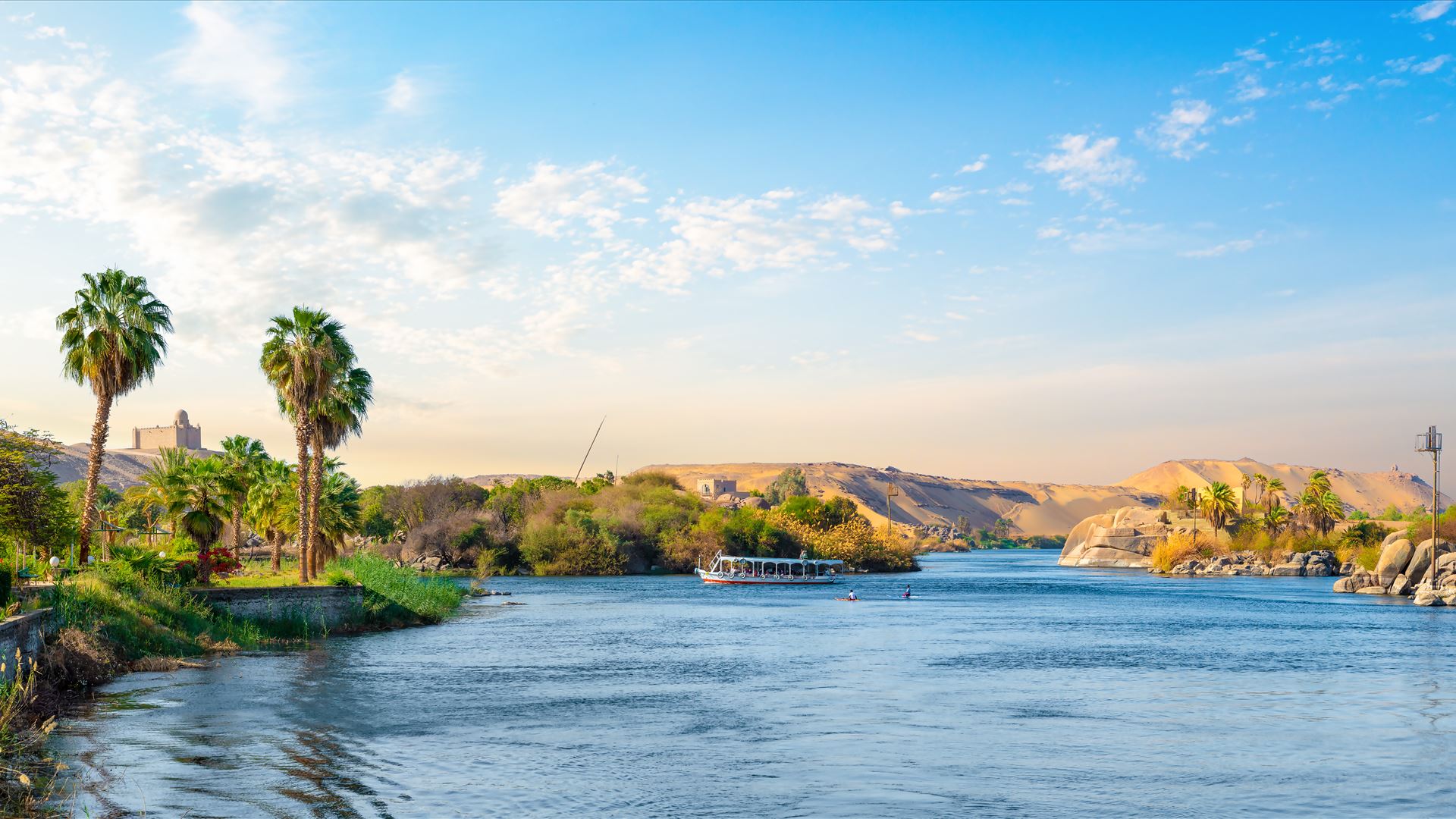
ASWAN
Located 240 km away from Luxor along the Nile, Aswan has always been of great strategic importance, being Egypt’s southern commercial gateway. Containing exceptional archaeological sites, Aswan is a prominent destination attracting tourists worldwide.
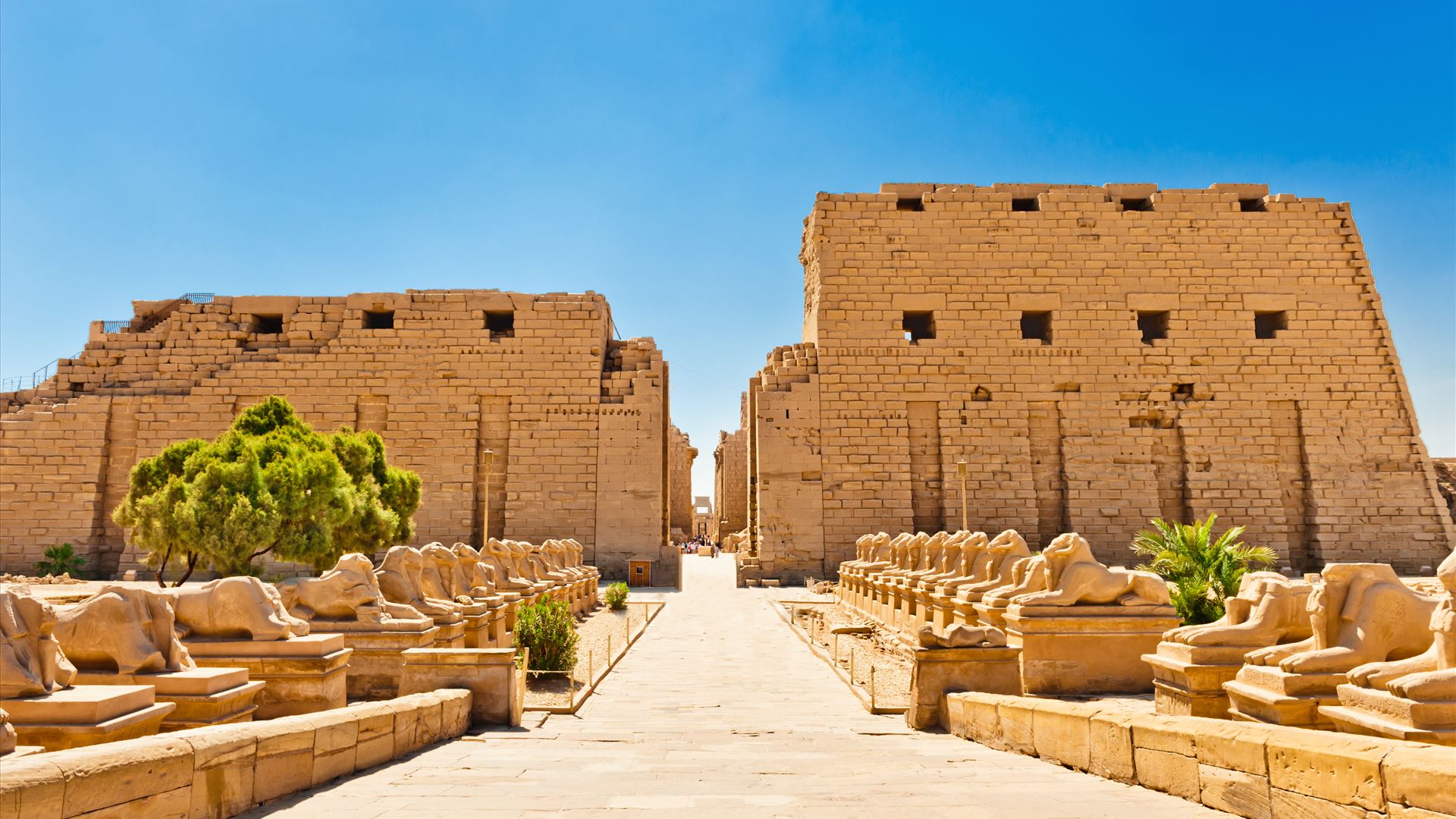
KARNAK TEMPLE
The largest religious building ever constructed circa 2000 BC; Has been built in dedication to Amun, Nut, and Khonsu. The temple has a mix of decayed temples, pylons, chapels, and other buildings near Luxor. In ancient Egypt, the area around Karnak was called Ipet-isut, which means: “The Most Selected Places”; furthermore it was the prime worship place of the Eighteenth Dynasty Theban Triad with Amun as its head.
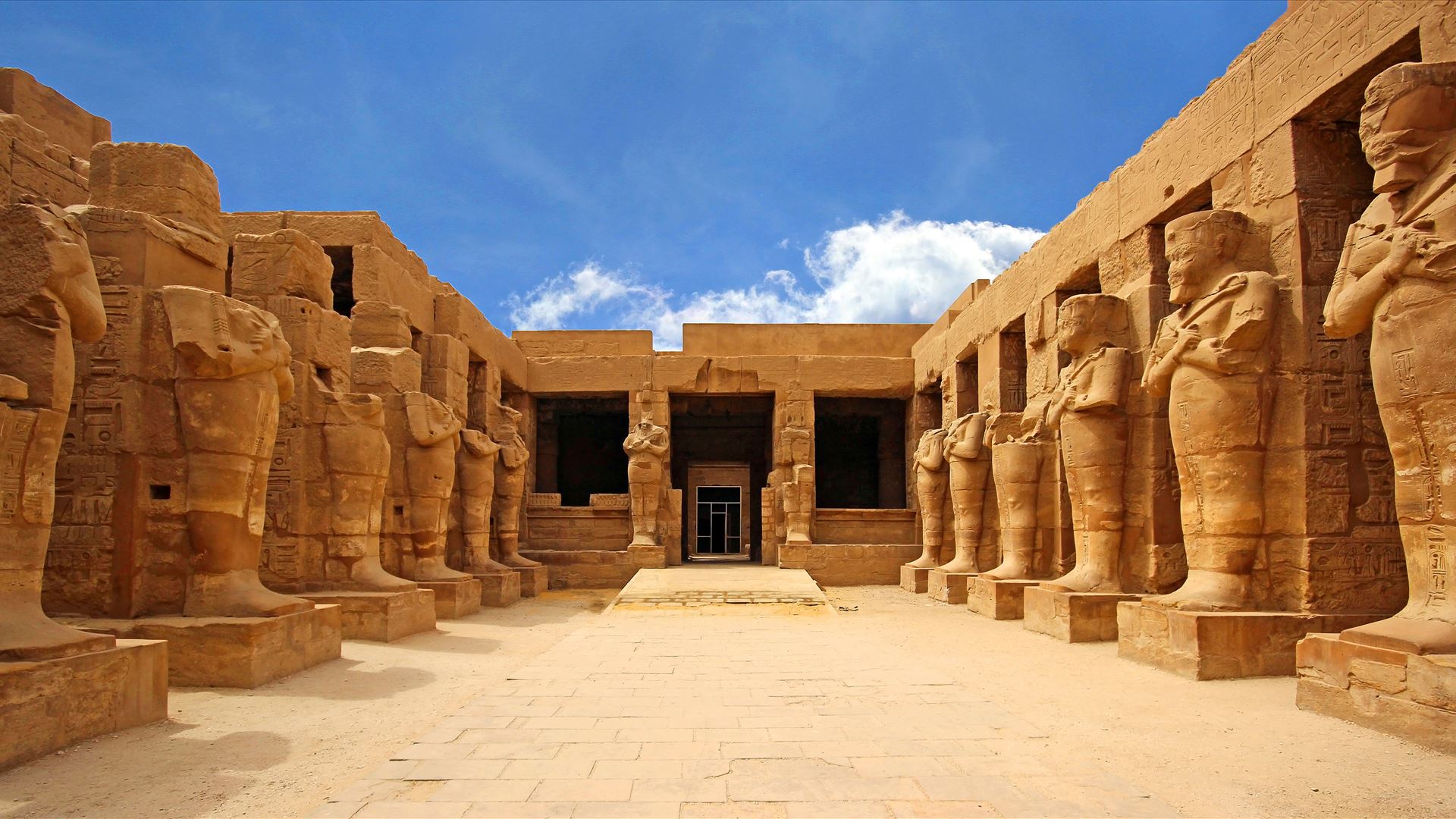
THEBES
Thebes was the capital of ancient Egypt for ages during the Middle Kingdom and the New Kingdom eras. Ruins of Thebes lie in Luxor on the east and west banks of the Nile River. The necropolis of Thebes is added to UNESCO’s World Heritage List as it includes a large number of royal tombs. Thebes was also known for its valuable mineral resources and trade routes.
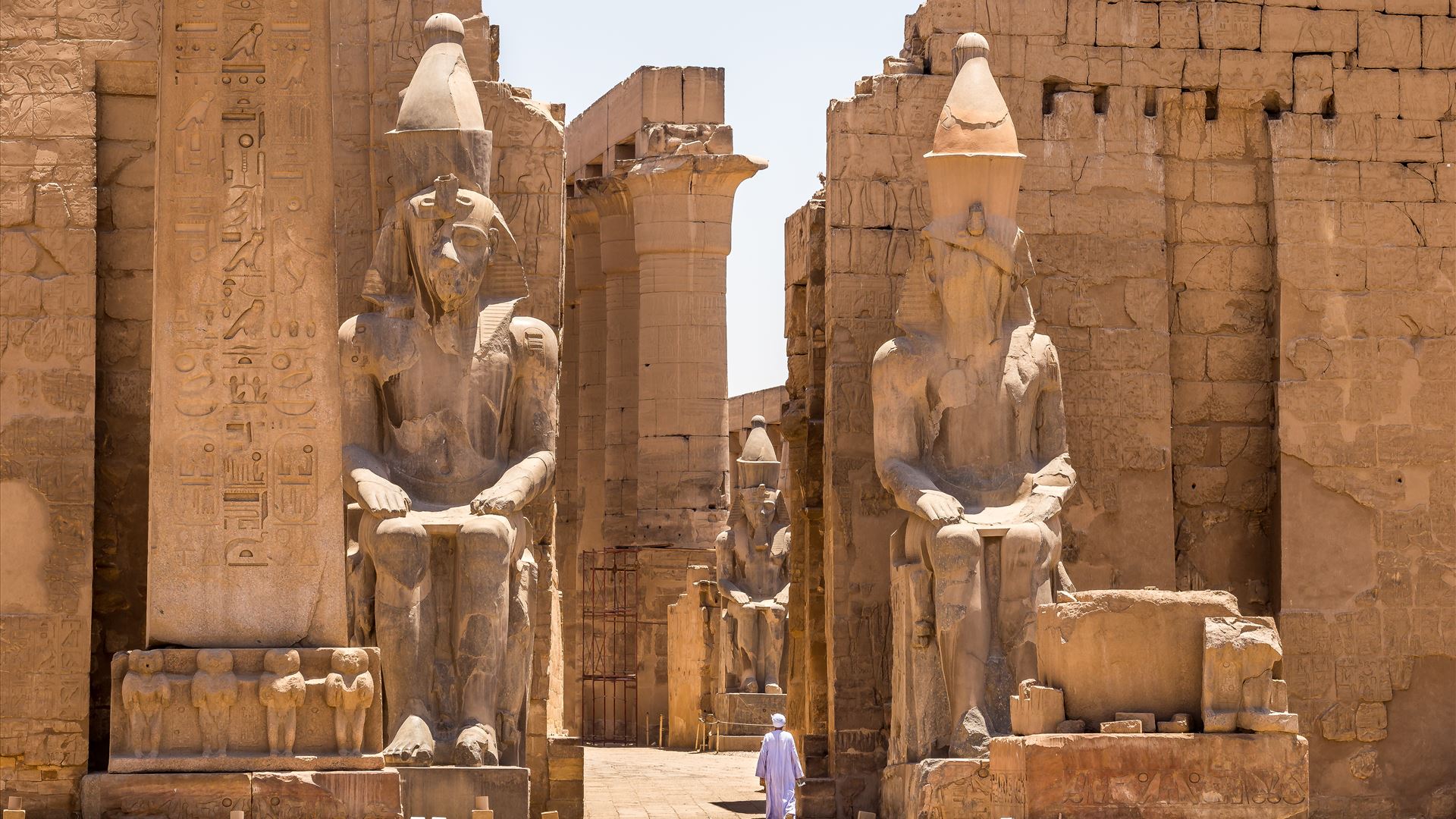
LUXOR TEMPLE
Located on the east bank of the Nile, the Luxor temple is a majestic architectural work constructed around 1400 BC. Unlike other temples, the Luxor temple was not dedicated to a God or a king but rather to the rejuvenation of kingship. Historians claim that the Luxor temple is where many kings were crowned, like Alexander the Great.
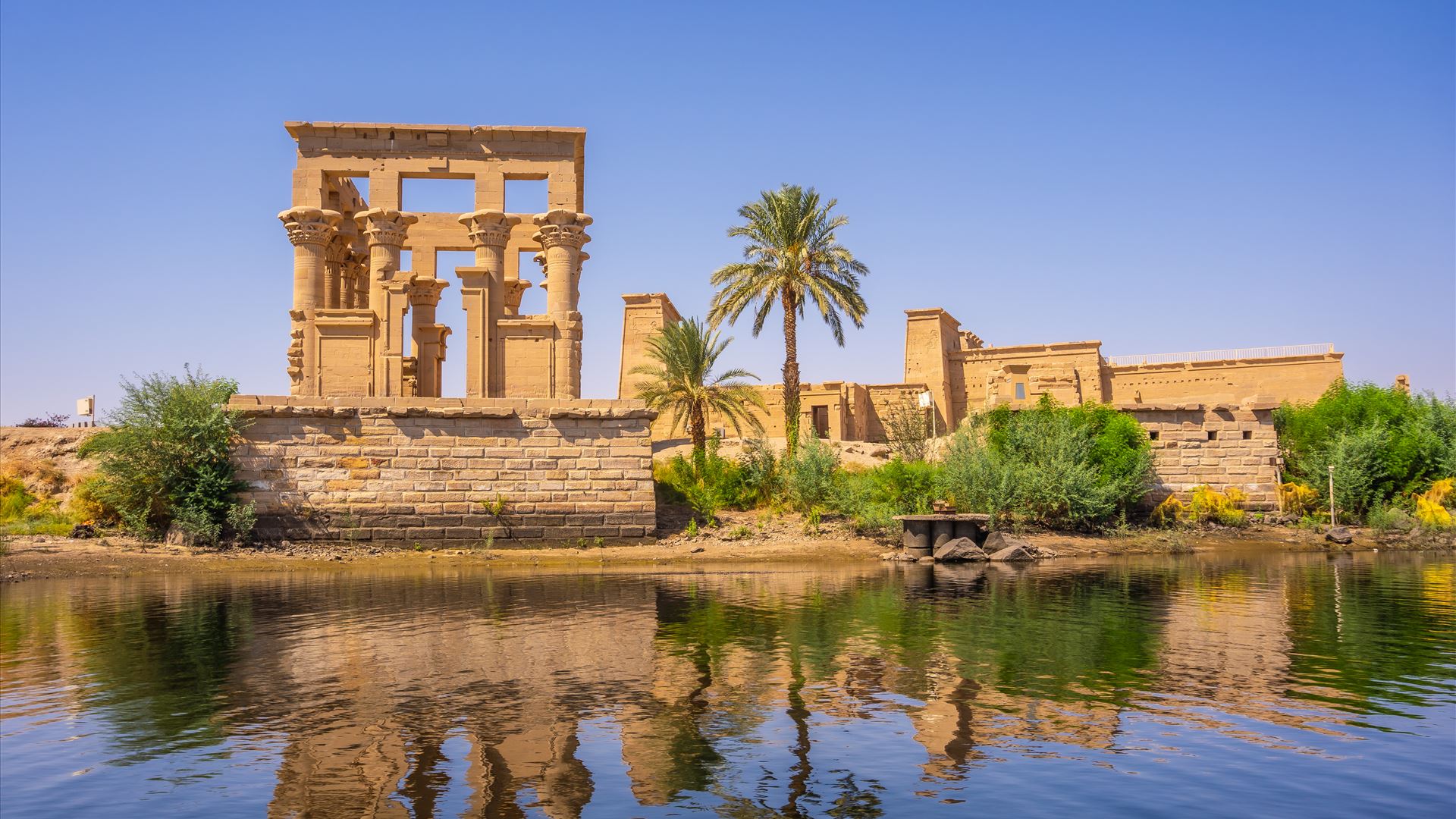
PHILAE TEMPLE
Built to honor the goddess Isis, Philae Temple is settled in a beautiful landscape. Its original location was near the First Cataract of the Nile in Upper Egypt. After the flooding threat by the Aswan Dam construction to the site, UNESCO relocated the temple to Agilkia Island in a project that lasted for 9 years. The grand temple includes several must-see shrines and sanctuaries.
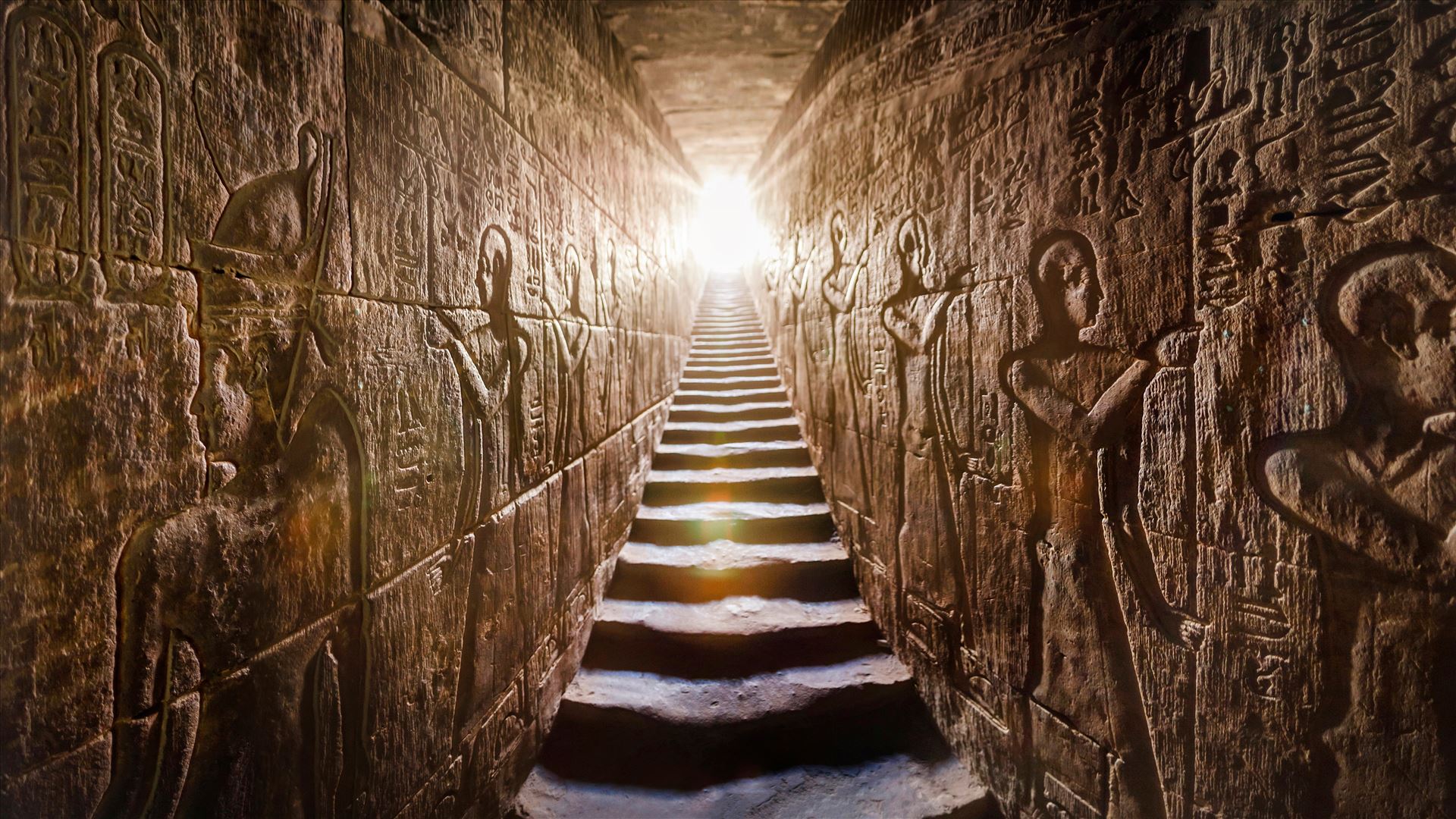
EDFU
Edfu is a historical town located on the west bank of the Nile between Esna and Aswan and is home to Horus Temple. Horus Temple was built from sandstone blocks between 237 BC and 57 BC and is considered one of the best-preserved temples of all other temple ruins. The temple walls have great inscriptions that reveal important insights into myth, religion, and language in the ancient Egyptian era.

EL NABATAT ISLAND
El Nabatat Island or Kitchener’s Island is a small island less than a kilometre long and less than half a kilometre wide situated in the Nile at Aswan. The island was granted to Lord Kitchener as a gift when he served as Consul-General in Egypt. Having made it his home, and with the help of the Ministry of Irrigation, Lord Kitchener turned the island into a paradise of exotic trees and flowers, with the majority from India. The Egyptian government later reclaimed the beautiful island and a research station was built, known as the Botanical Research Institute.

THE COLOSSI OF MEMNON
The two massive stone statues, rising majestically about 18 meters high, represent Amenhotep III; who reigned Egypt during the Eighteenth Dynasty. The two statues are located west of Luxor and face east, looking towards the Nile. Towering high, these two monuments are always the first things to catch the visitors’ attention upon arrival. Moreover, the faces of the statues still are a striking sight despite being ruined.
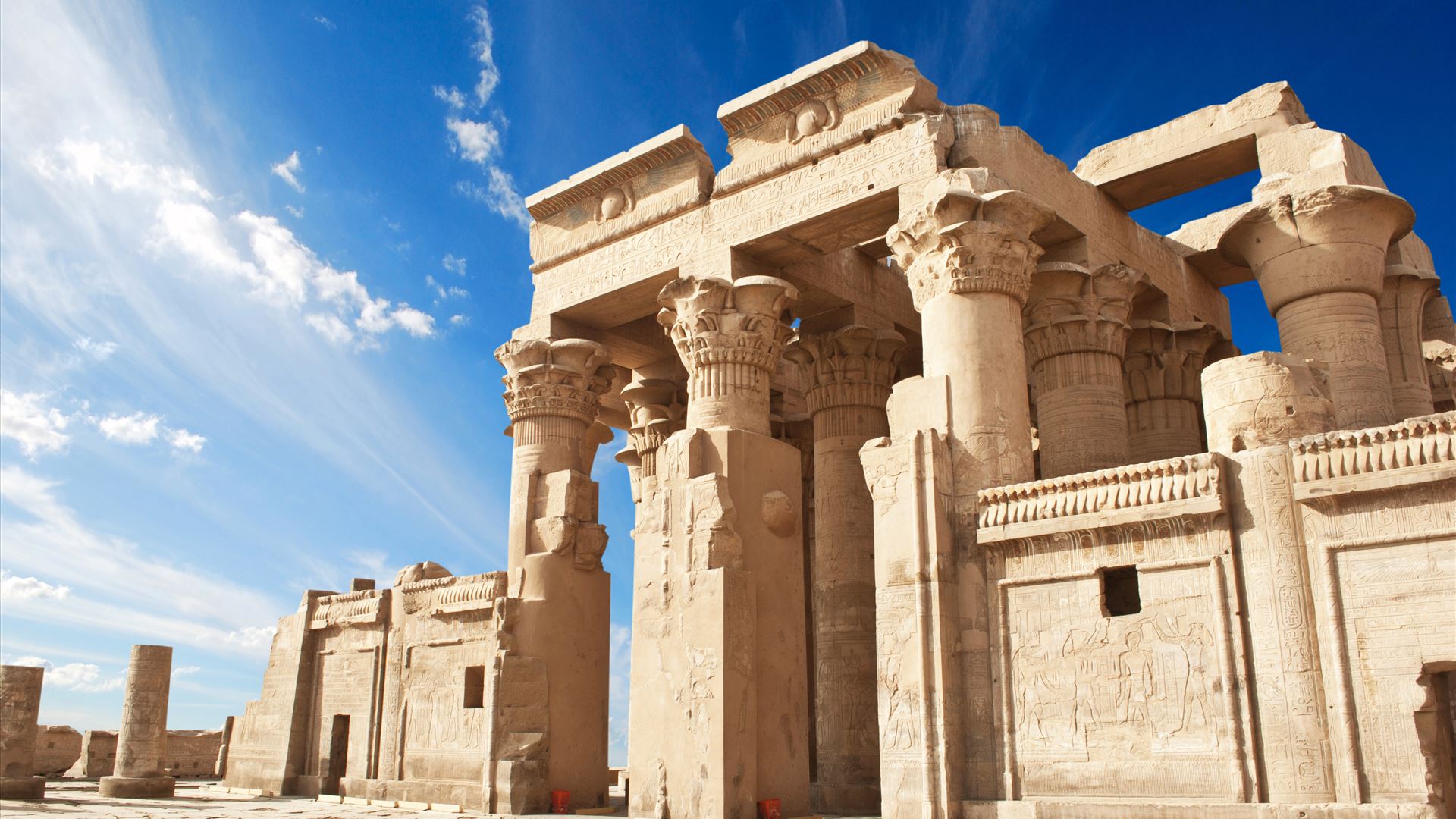
THE TEMPLE OF KOM OMBO
The Temple of Kom Ombo is a unique double temple constructed in Aswan during the Ptolemaic dynasty. The uniqueness of this temple lies in the duplication of its halls, rooms, courts, and sanctuaries designed for two gods. The southern half of the temple was dedicated to the crocodile God, Sobek, while the northern half was to the falcon God, Horoeris (Horus the elder). Both sides of the temple are perfectly symmetrical on the axis.
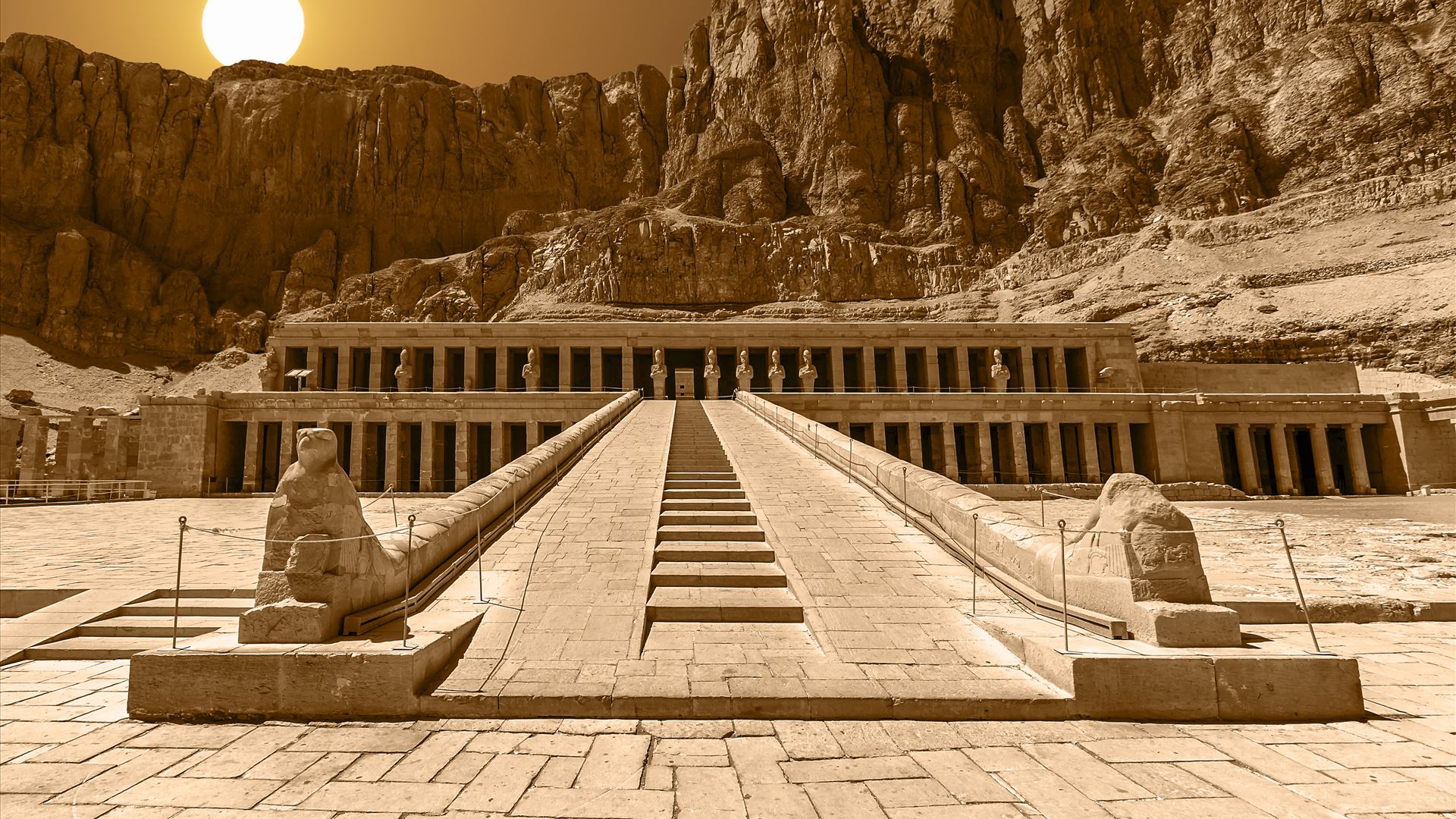
THE MORTUARY TEMPLE OF HATSHEPSUT
Also known as Djeser-Djeseru, the Mortuary Temple Complex of Hatshepsut is beneath the cliffs at Deir el-Bahari on the west bank of the Nile. The temple was built in dedication to Hatshepsut and Amun. It lies next to the Mortuary Temple of Mentuhotep. The relief sculptures in the temple recite the tale of the divine birth of a first-of-its-kind female pharaoh.
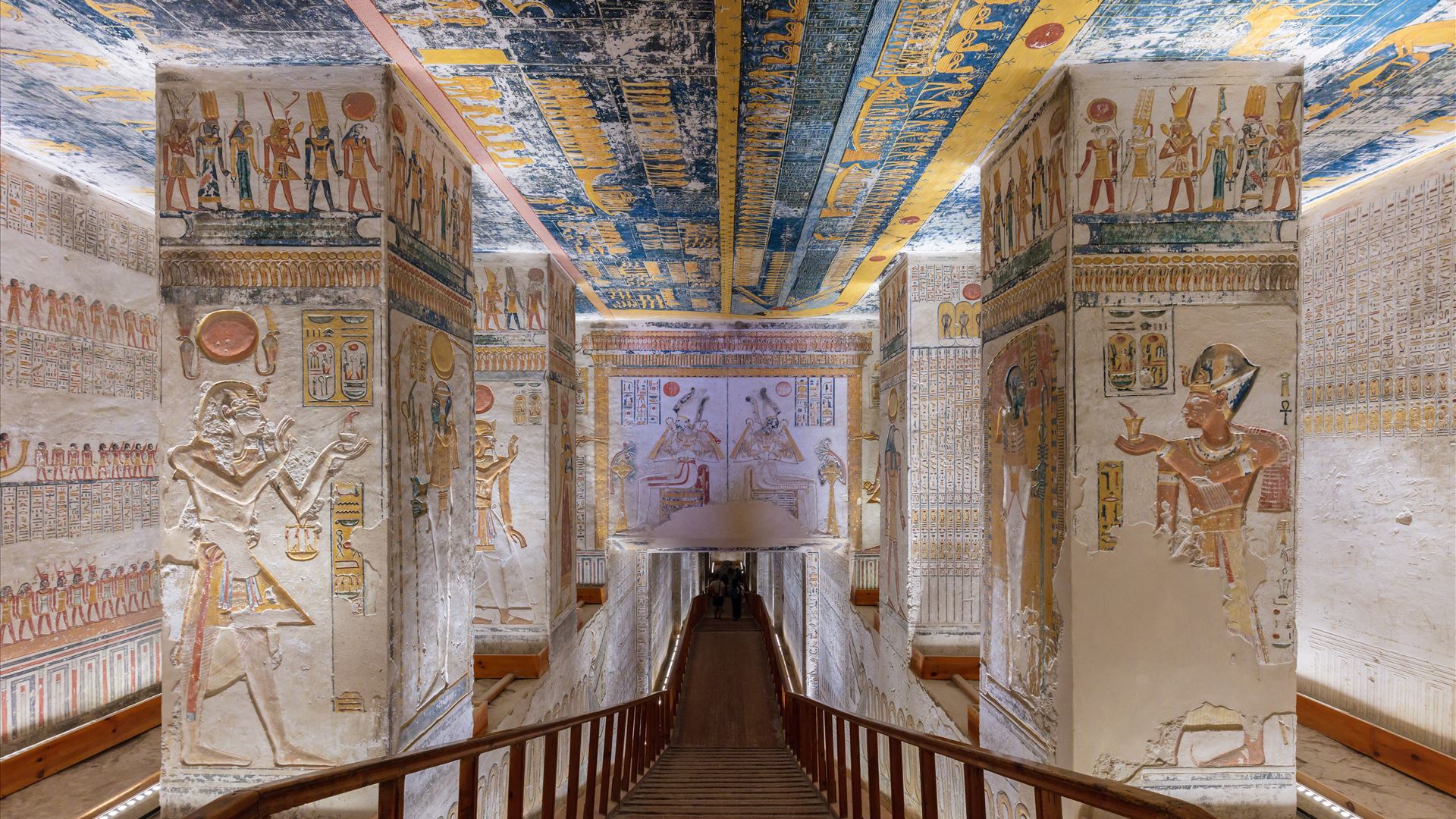
VALLEY OF THE KINGS
The Valley of the Kings is a magnificent burial ground where, to date, 63 tombs have been unearthed. The rooms range from a simple room to corridors with 120 chambers and pharaohs like Ramses II, Tutankhamen and Seti I found their resting place here. The valley has been a focus of several archaeological explorations; in 1979, the valley became a UNESCO World Heritage Site.
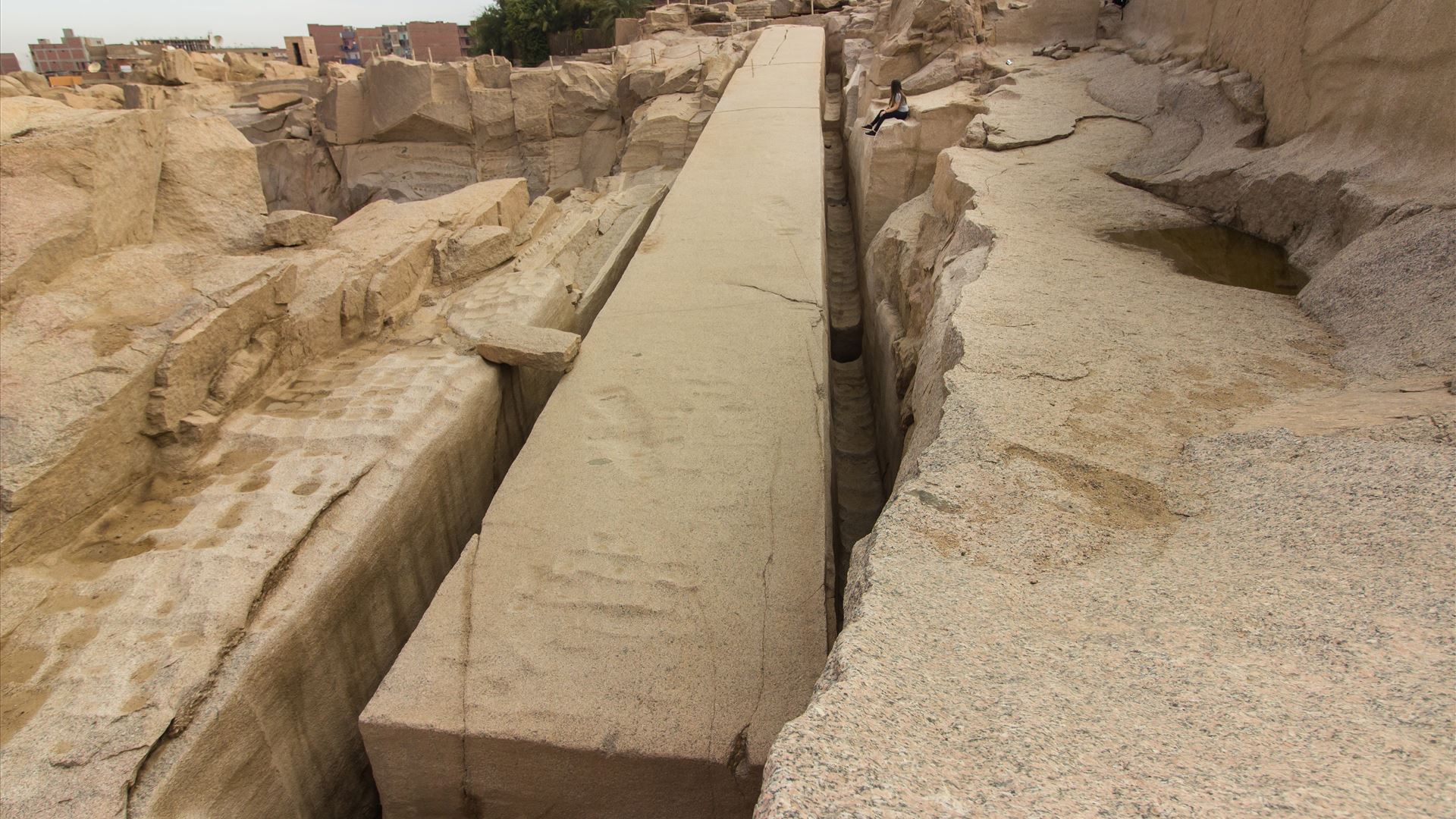
THE UNFINISHED OBELISK
The Unfinished Obelisk of Queen Hatshepsut is a more than a 3,500 years old monument, abandoned in an Aswan stone quarry. It is nearly one-third bigger than any ancient Egyptian obelisk. If completed, it would have weighed around 1,090 tonnes and would have been almost 42 meters high. Works on the unfinished obelisk were abandoned when cracks appeared in the granite after the creators began to carve it out of bedrock. This unfinished obelisk is a demonstration of the extraordinary stone-working techniques of ancient Egyptians.

LUXOR MUSEUM
Overlooking the west bank of the Nile, the Luxor Museum is a spectacular destination that includes a magnificent collection of well-displayed antiquities dating back to the era between the end of the Old Kingdom and the Mamluk Period. The antiquities are primarily gathered from the Theban temples and necropolis. Additionally, the royal mummies of Ahmose I and Ramesses I were laid to rest at the museum in 2004.
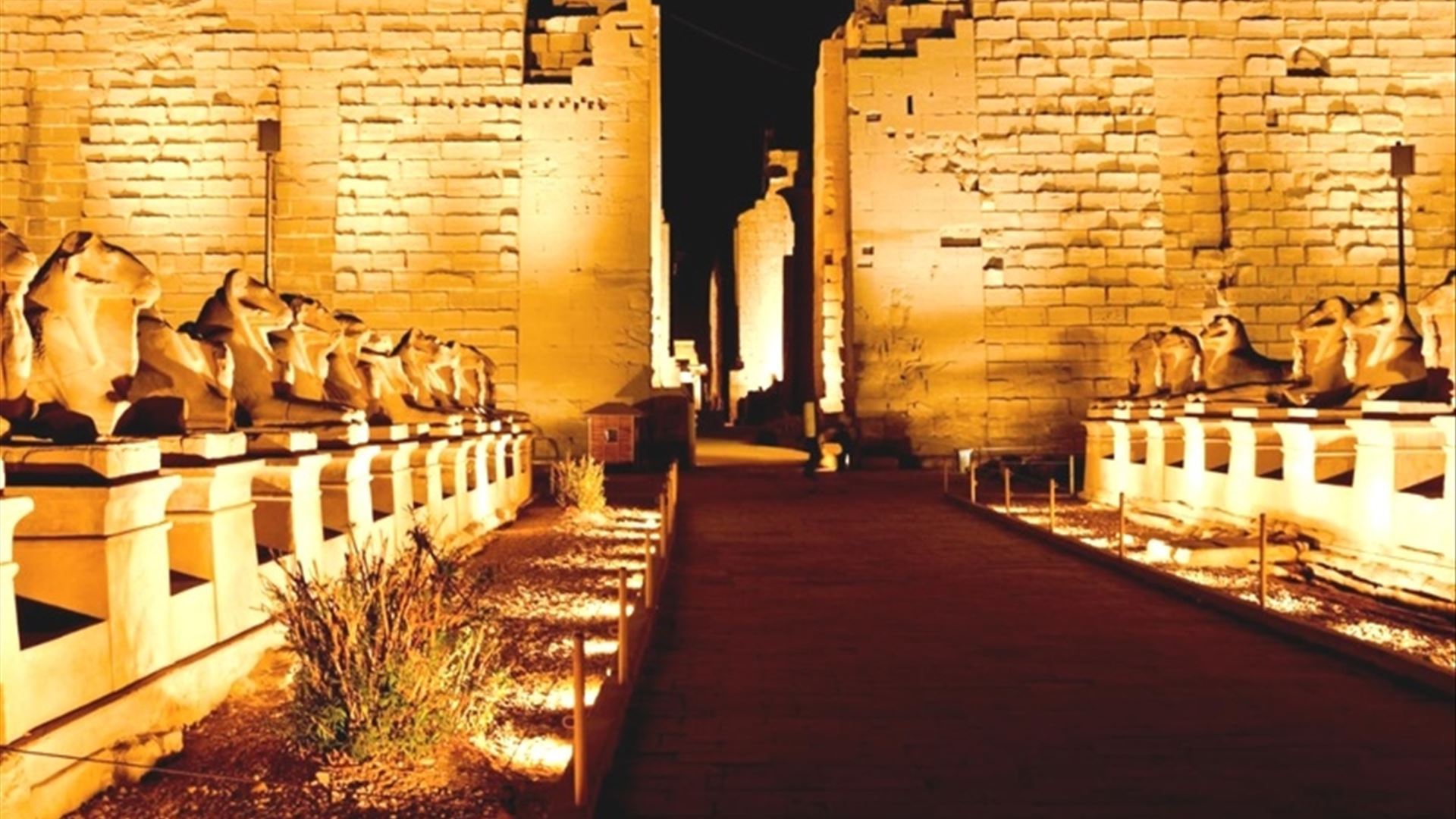
SOUND & LIGHT SHOW IN KARNAK TEMPLE
The sound and light show in Karnak Temple is a splendid show that provides insightful information about the story of Karnak Temple. It highlights the history of ancient Thebes, narrating the achievement of the Pharaohs in the poetic description. The show creates a unique and enchanting experience as visitors walk through the complex while the music flows magically and the light illuminates the majesty of the place.
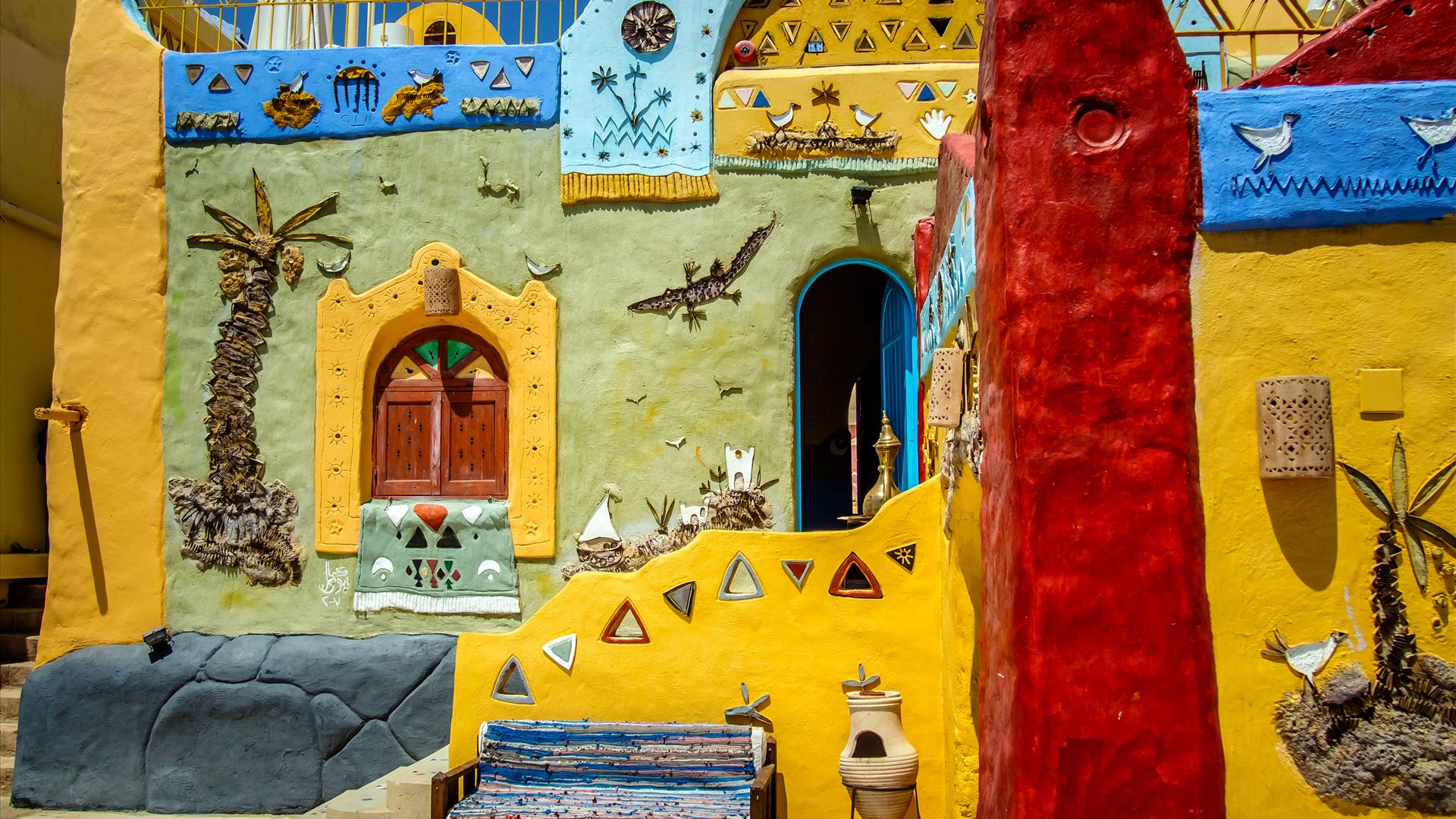
NUBIAN VILLAGE
Heirs of the earliest civilization in Northern Africa, the Nubian nomads kept their traditions and culture in a display of color and sound. Relocated in the 1960’s, due to the construction of the High Dam, the Nubian Villages are a delight to visit. The Nubian culture is demonstrated in colorful houses, the bazaars with handicrafts, coffee houses, music and hospitality of the Nubians.
Discover more from Egypt Female Tour Guide
Subscribe to get the latest posts sent to your email.
Included/Excluded
- Specialized bilingual guide
- Private Transport
- All service charges and taxes .
- bottled mineral waterduring the tour
- Visa to Egypt
- Entry Fees
- Accommodation
- Airport Transfers
- Domestic Flight ( Cairo- Luxor / Cairo)
- The above Prices are not valid during the Peak Periods (New Year - Christmas - Easter)
- Meals ,Food, Drinks, Snacks
- any optional tours,Personal Expenses and Souvenirs
Tour Plan
PM: Check-in after 12:00 noon
PM: Lunch on board
PM: Visit the East Bank "Karnak & Luxor Temples"
PM: Evening entertainment at the Lounge
PM: Dinner on board
Overnight in Luxor
AM: Breakfast on board
AM: Visit the West Bank - Valley of the Kings
Hatshepsut Temple
AM: Colossi of Memnon
PM: Sail to Esna at noon
PM: Lunch on board
PM: Sunset snacks
PM: Cocktail reception
PM: Dinner on board
Overnight in Esna
AM: Breakfast on board
AM: Sail to Edfu
PM: Visit Edfu Temple
PM: Sail to Kom Ombo
PM: Lunch on board
PM: Pass by the Silsila Hills
PM: Afternoon tea time
PM: Visit Kom Ombo Temple
PM: 1001 Nights themed dinner
Sail to Aswan & overnight at Aswan
AM: Breakfast on board
AM: Visit the Unfinished Obelisk & the Philae Temple
PM: Lunch on board
PM: Sail on the Nile by Felucca around Kitchener’s Island & Agha Khan
PM: Evening entertainment
PM: Dinner on board
Overnight in Aswan
AM: Breakfast
AM: Check out at 08:00 from Luxury Cabins & Suites
Tour Map
Only logged in customers who have purchased this product may leave a review.
| Min - Max (Persons) | Adult Price |
|---|---|
| 10 - 20 | $800 |
| Start Date | End Date | Adult Price | Special Discount |
|---|---|---|---|
| 01-06-2024 | 30-08-2024 | $1,100 | View Discount |







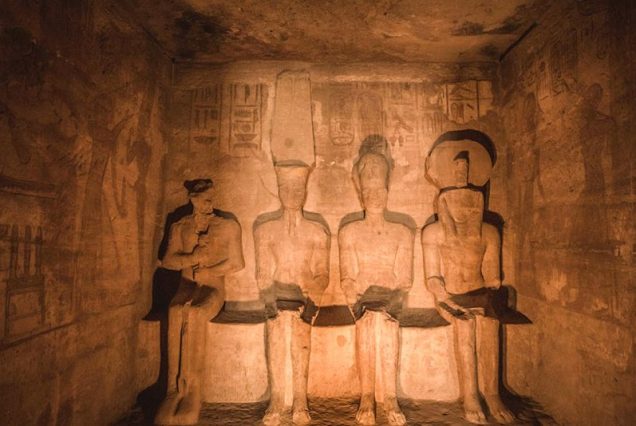
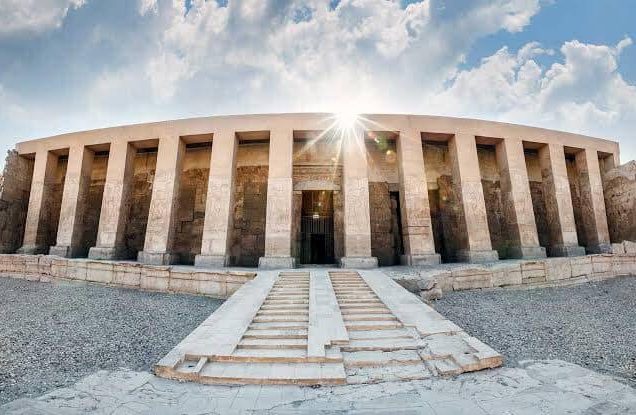
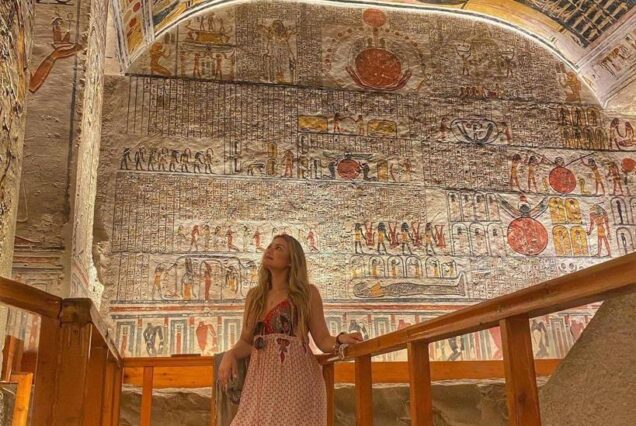

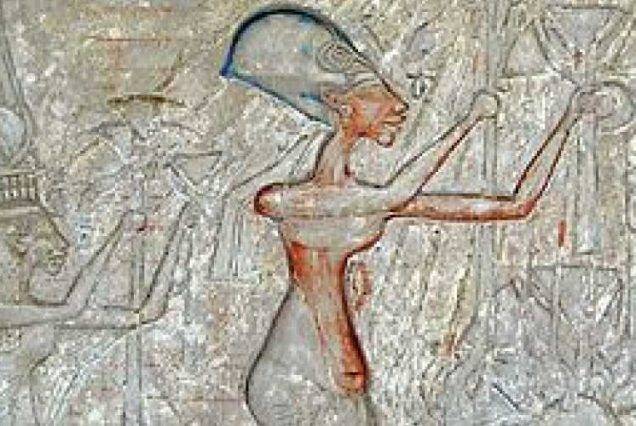
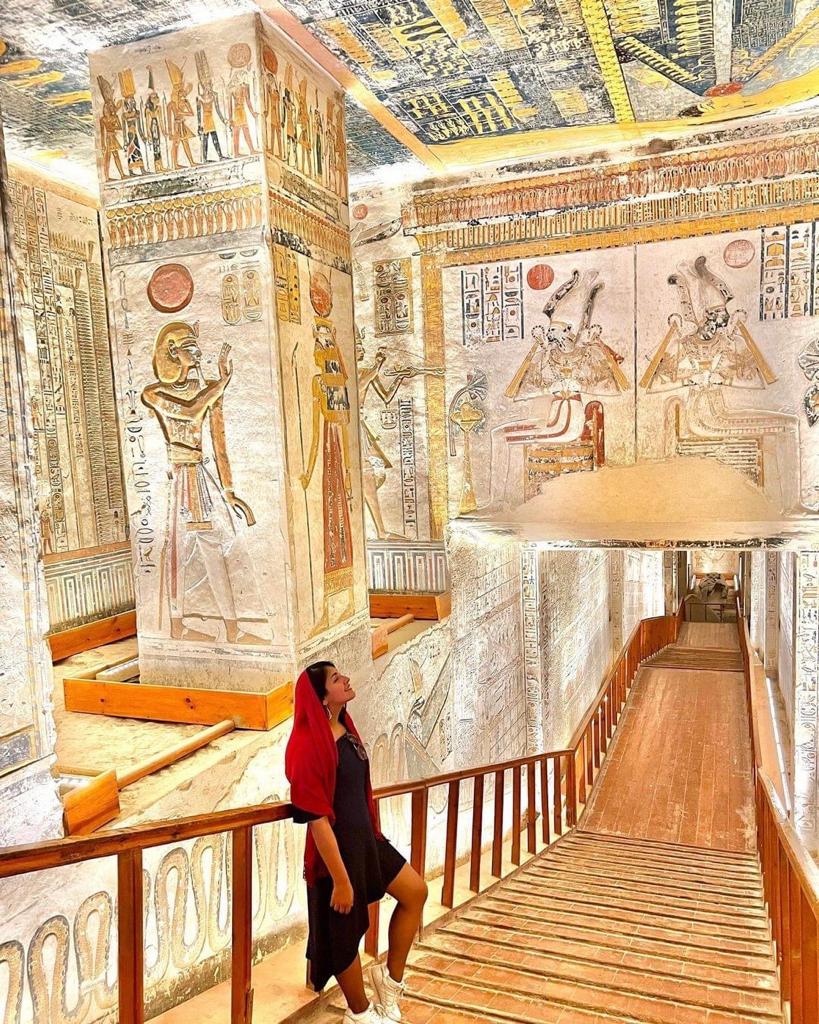





Reviews
There are no reviews yet.